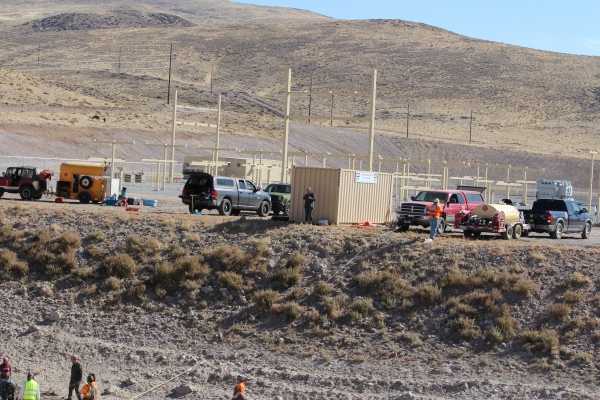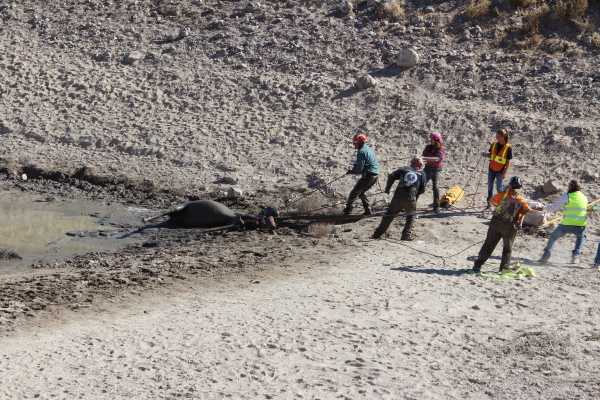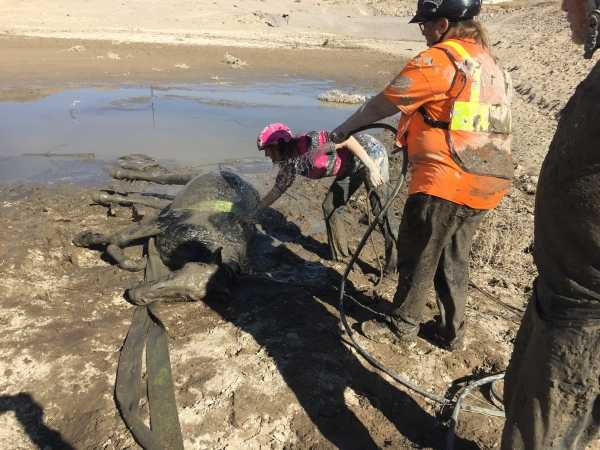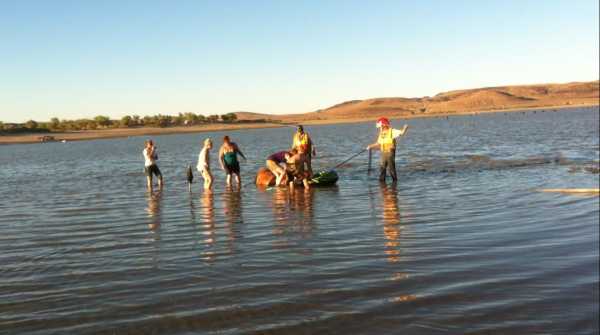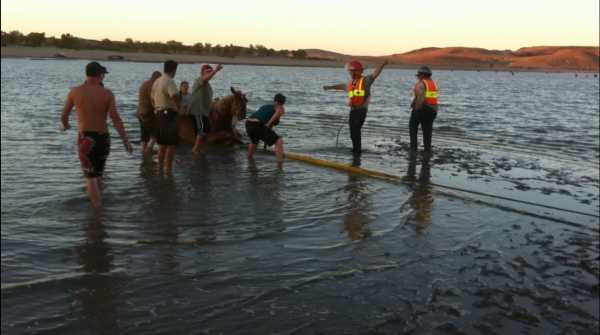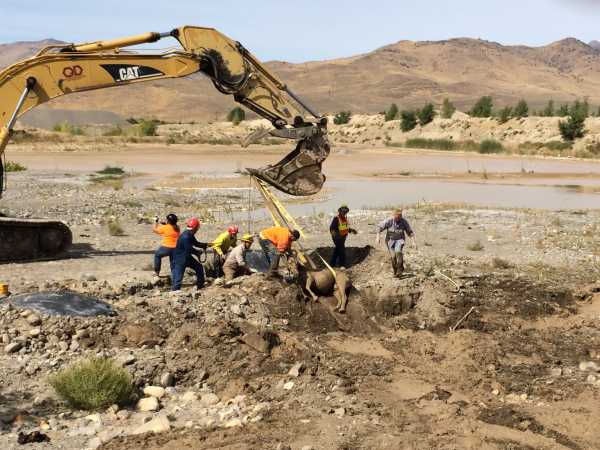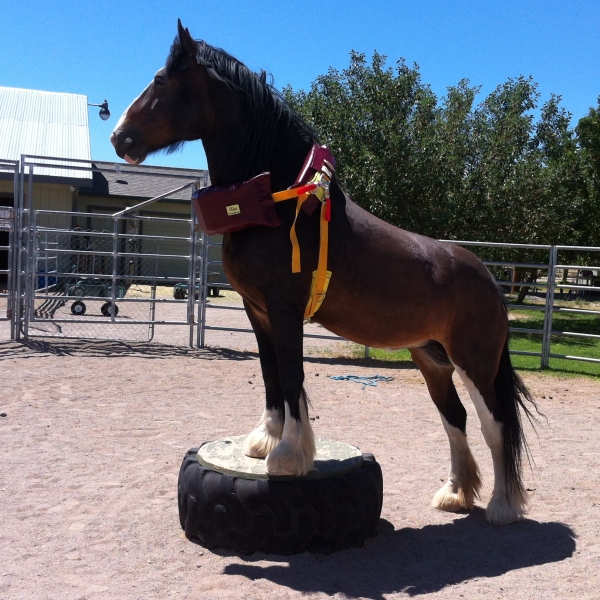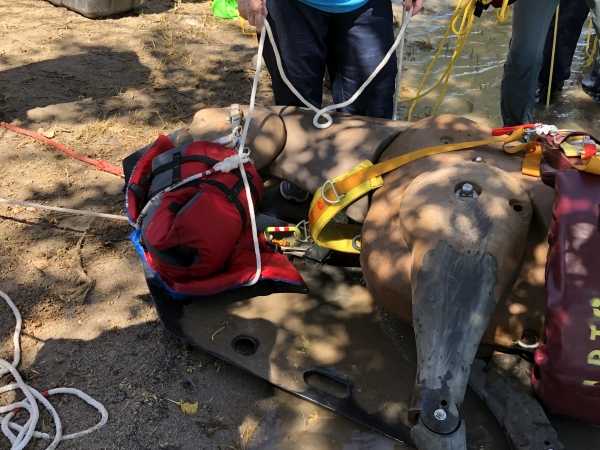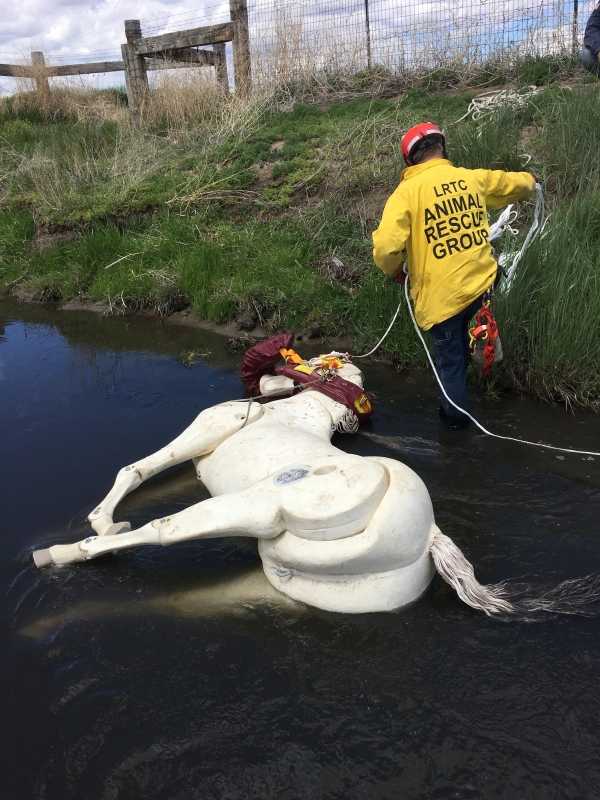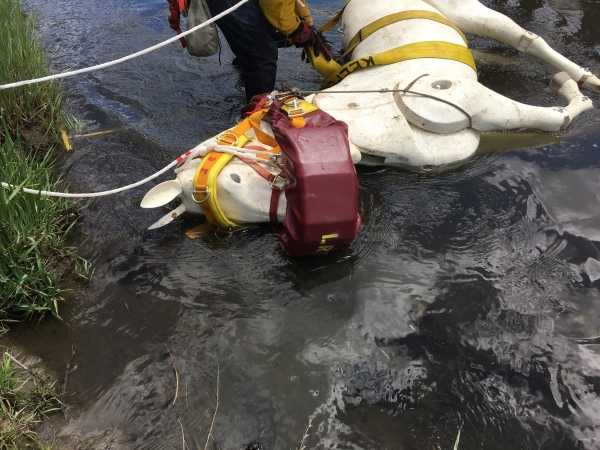
|
Least Resistance Training Concepts
|

|
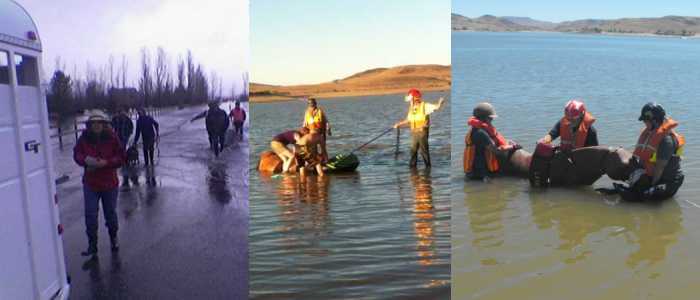
Part Two
Using a winch cable to create an anchor point for a vector extrication.
|
|
This sheet is a continuation from Part One in which the context of the information being provided and safety issues are discussed.
Note: These suggested procedures are not intended to be applicable for swift water incidents.
It is not appropriate to attempt to extricate a horse from water using its head or neck, although a line could be attached to a horse's halter to help guide the horse or keep an exhausted horse's nose above water. With a horse that is flailing in a circle in shallow water, a line such as a lariat attached to whatever part of the animal that may be safe to approach can be effective in stopping the animal's pinwheel motion. However, proper equipment must be used in accordance with established procedures before forcibly hauling a horse out of mud or water. RECOVERY STRAPS / FORWARD ASSIST A forward assist can be employed using a 30-foot recovery strap. To be used safely and reliably, the strap must be passed over the back of the horse and between the horse's front legs. Correctly and safely applying the recovery strap without risking getting struck by flailing hooves will likely require use of either a rigid or flexible strap guide.
Managing the head with a line while extricating with a recovery strap.
|
Continue to Part Three
Return to Part One
For more information about the Becker Water Rescue Harness, please visit
Häst Large Animal Rescue Equipment
Häst Large Animal Rescue Equipment
Return to Information Sheets and Resource Guides
Return to Sample Incident Responses
Return to LRTC TLAR / EVAC Page

The training information presented in these information sheets and guides is offered for illustrative and volunteer refresher purposes only. It is not a substitute for actual hands-on training. |
